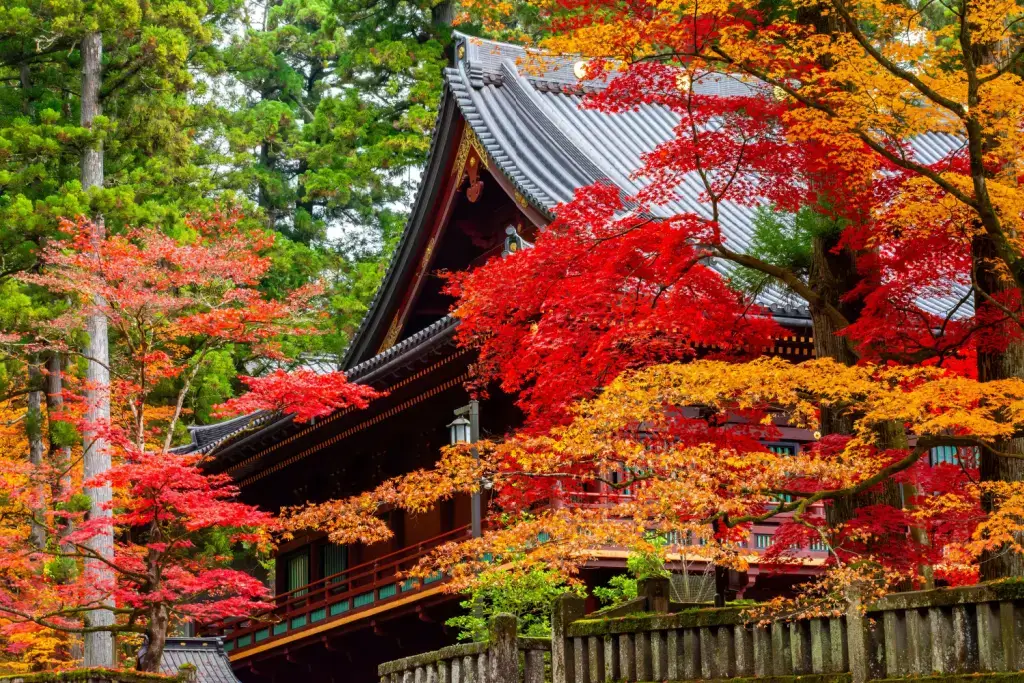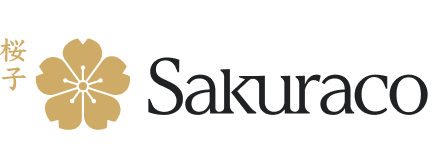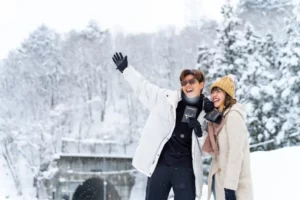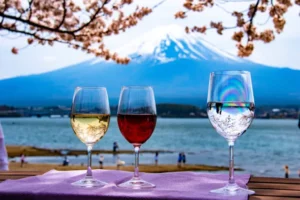Nikko’s location just north of the capital in Tochigi Prefecture has made it one of the country’s most popular destinations. But this city shines brightest during autumn, when the vibrant foliage of the surrounding forests and mountains becomes especially striking. But what exactly is Nikko koyo?
The area’s climate results in a long-lasting color display. Its geography allows visitors to experience the different stages of the changing leaves on the same day. Temples, historical sites, and waterfalls become framed in dazzling reds and vivid orange hues. Today, we’ll explore the magic of Nikko’s koyo and learn about the best places to visit.
Table of Contents
ToggleNikko’s Autumn Color Timeline
Koyo translates as “colorful leaves” in English. But generally, the word describes fall leaves and their colors. Because of its mountainous terrain, the emergence of the colors depends on the destination’s altitude, temperature, and weather. But generally, Nikko’s koyo season lasts from October to November.

Peak colors first appear in October in the Chugushi Plateau and higher areas like Yumoto Onsen. Lake Chuzenji follows in mid-October, with the town center peaking in early November. Lower areas like Toshogu Shrine peak from mid to late November. This long season provides visitors with ample time to plan their visits.
Top Koyo Viewing Spots
Ryuzu Falls
These waterfalls lie along the Yukawa River in Okunikko. “Ryuzu” means “dragon head” in Japanese, referring to how the cascading water splits during its descent. The nearby observation deck has panoramic views of the surrounding landscape. This dramatic backdrop draws photographers from all over the world.
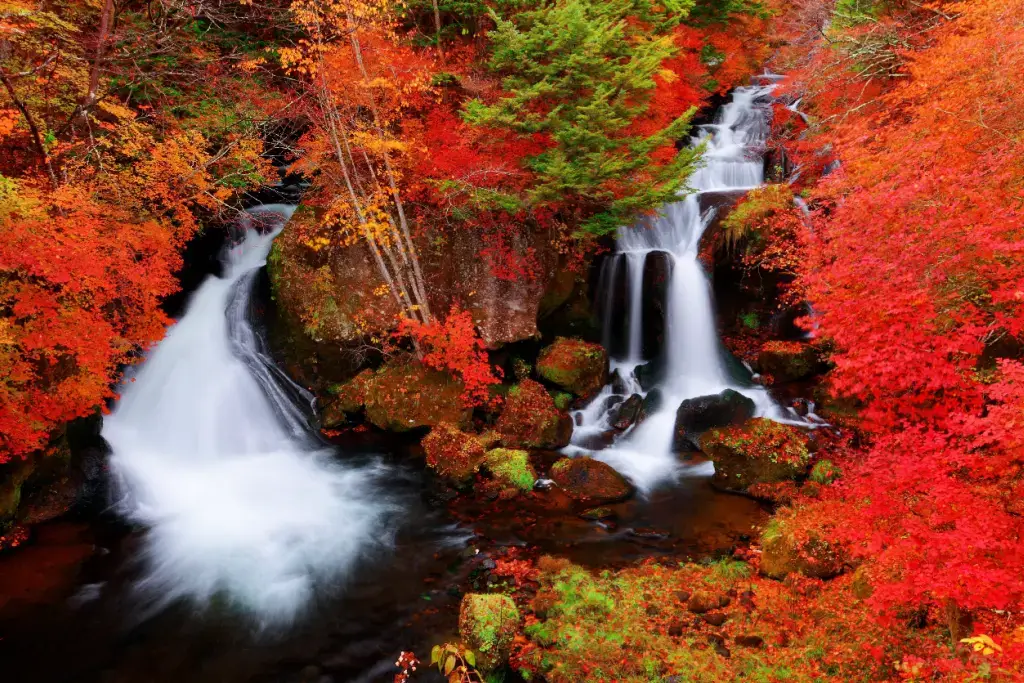
The nearby tea houses can add a local element to the trip. The colors here peak in early October, earlier than at most other sites. Ryuzu Falls is about an hour by Tobu bus from Nikko Station, and the ticket costs about 500 yen. It is a popular viewing spot, even during peak season, when it becomes crowded.
Lake Chuzenji
Lake Chuzenji, at 1,269 meters (4,163 feet) above sea level, was formed by an eruption of nearby Mt. Nantai. This attraction is known for its incredible views from the Hangetsuyama Observation Deck. Just a short distance away, the serene Chuzenji Temple is over a thousand years old. Despite the area’s relative peacefulness, careful planning is still needed to avoid weekend crowds.

This lake is best visited in mid to late October. The Tobu Bus ride from Nikko Station to Chuzenji Onsen stop takes about an hour and costs 1000 yen ($6.72). Boat trips are a great way to appreciate the leaves from a different perspective. Sightseeing cruises cost 1,000–2,000 yen ($6.72-$13.44).
Are you looking for excellent snacks from Nikko? Check out Sakuraco! Sakuraco delivers traditional Japanese snacks, teas, and sweets from local Japanese makers directly to your door so you can enjoy the latest treats from Japan!
Senjogahara Marshland
Every fall, Senjogahara Marshland in Nikko National Park transforms into a canvas. From early to late October, its grasses turn yellow and reddish. Mt. Nantai can be seen in the distance, rising above the golden-red forest. Many species of birds frequent the area, making it perfect for birdwatching.
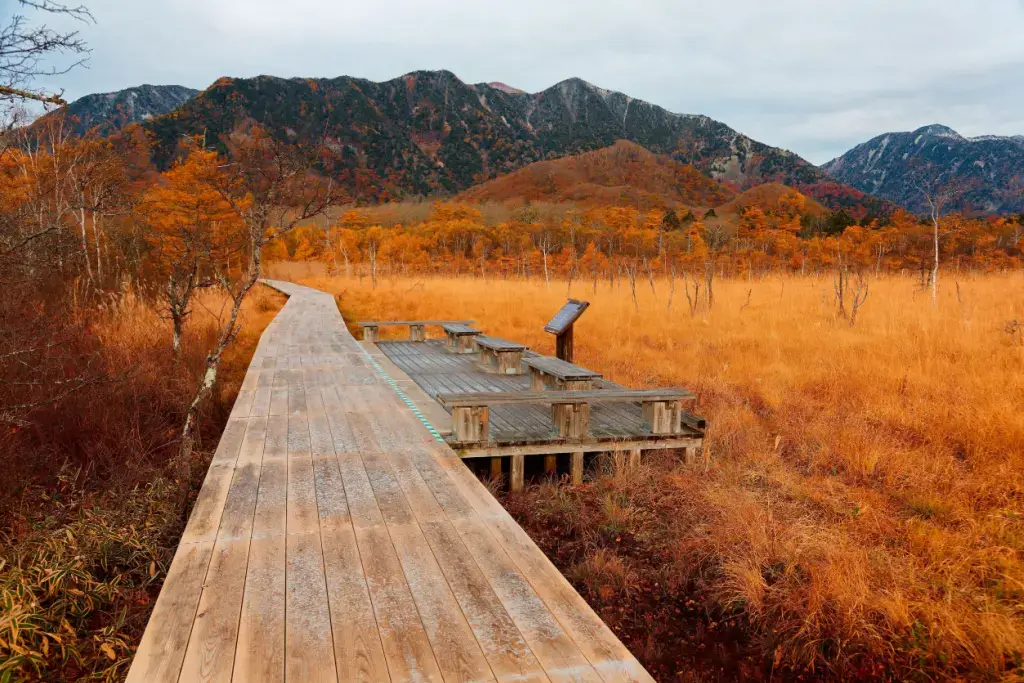
Senjogahara Marshland is also a 60-minute bus ride from Nikko Station, and entry to the trailhead is free. The three-hour boardwalk trail is flat and peaceful, making it family-friendly and suitable for hikers of all abilities. However, its accessibility makes it quite popular, so visit early to avoid congested paths.
Cultural Sites During Koyo
Nikko’s UNESCO World Heritage sites come alive during this time of year. In early November, Toshogu Shrine and its ornate gates contrast sharply with the surrounding red maples. Shinkyo Bridge is another local landmark. Its bright vermilion hue matches and enhances the autumn scene.
This destination is only a 10-minute walk from Nikko Station. Buses to Okunikko depart regularly from the nearby bus depot. Illumination events at the bridge and temple make mid- to late November the best time to visit.
Tips for Visiting Nikko in Autumn
Nikko is about 125 kilometers (77 miles) north of Tokyo. One easy way to get there is via a two-hour train ride on the Tobu Railway from Asakusa Station. The Nikko All Area Pass covers buses and trains. As with cherry blossoms, peak viewing periods can vary, so checking koyo forecasts is necessary.

Weekends are a popular time, so weekdays are best to avoid crowds. To increase the chance of unobstructed views, arriving at the destination early is always a good idea. If driving, leave early in the morning to beat the traffic on Irohazaka Road. Also, bring a warm layer of clothing, as the mountain air can be much cooler than in the lowlands.
Why is Nikko Koyo so popular?
Nikko koyo is so popular because it is easily accessible from Tokyo. It can be accessed using inexpensive public transportation and is only two hours away from the city. Its waterfalls, lakes, and vast expanses of uninterrupted foliage make it feel more remote than it actually is. The varied elevation of the region also causes the season to be longer.

This makes it more likely to arrive during peak colors when a trip has been planned long in advance. Besides leaf viewing, cultural sites and other attractions increase its appeal. And these are close enough together that they can be easily visited in a day, ensuring the trip is worthwhile. Nikko koyo is definitely worth a day out of your calendar! Have you seen Nikko’s autumn leaves? When is your favorite time to visit? What are some other attractions in the area that are worth a visit? Share your favorite moments or tips below!


